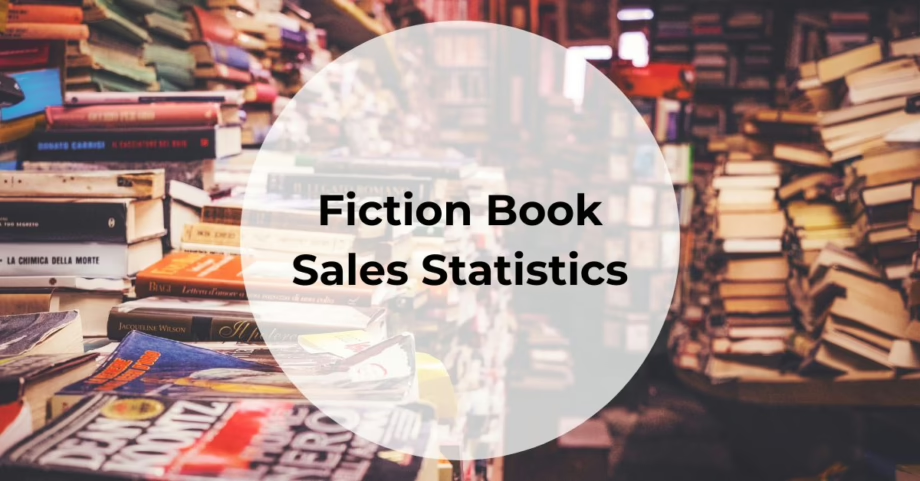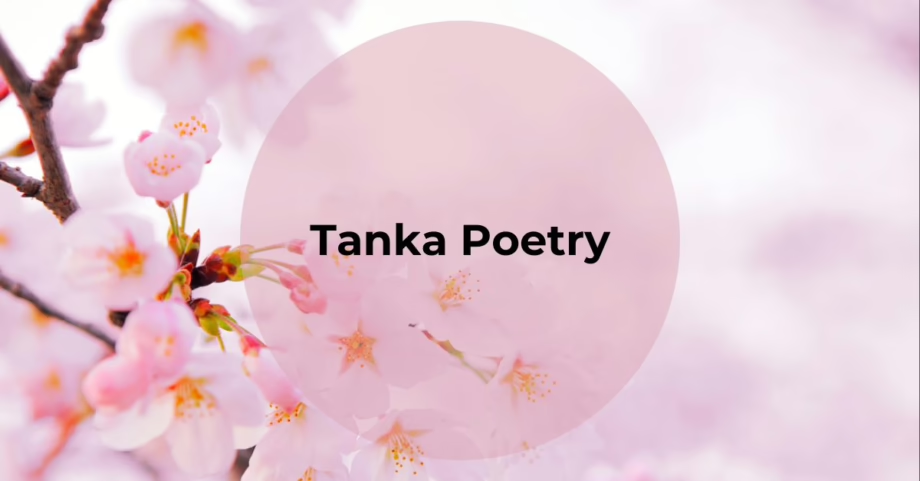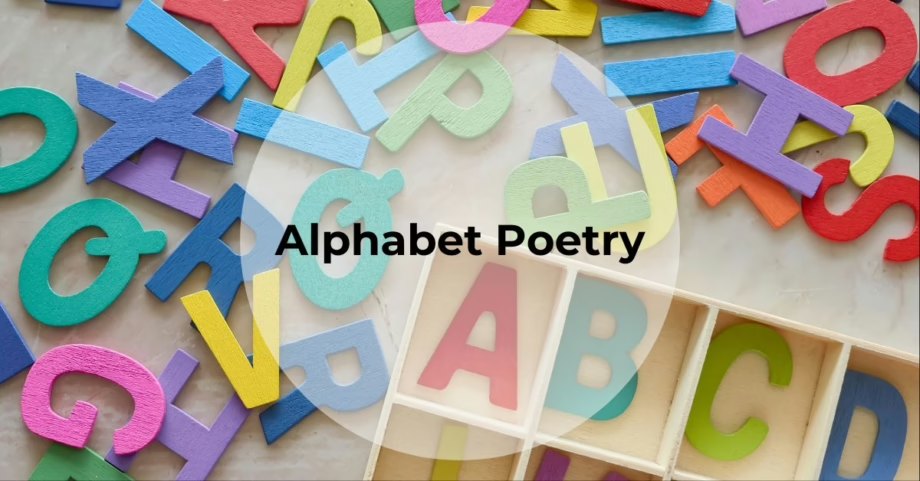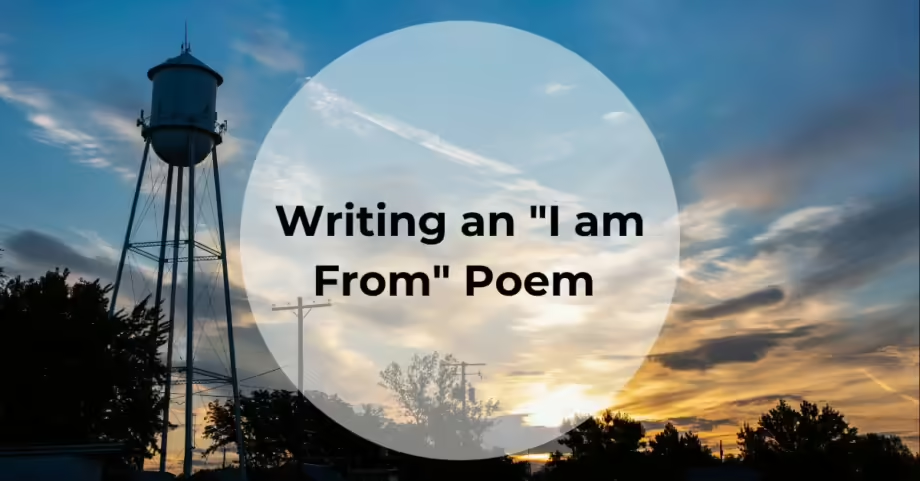Parallelism is a powerful writing tool that helps create clear, compelling, and rhythmically balanced prose. Whether you’re writing an academic paper, a blog post, or even a novel, maintaining a parallel structure can elevate your writing by making it more concise and engaging.
In this post, we’ll explore parallelism, its different types, and how you can use it to improve your writing.
What is Parallelism?
Parallelism, or parallel structure, is the repetition of grammatical structures within a sentence. This technique ensures that similar elements within sentences or phrases follow the same pattern, creating balance and clarity. It’s particularly important in lists, comparisons, and when using coordinating conjunctions (and, but, or, etc.). With parallelism, your sentences can be clearer and more comfortable to read.
But why is parallelism so important?
Parallelism brings symmetry to your writing, making your message easier to follow and more persuasive. It helps maintain the reader’s focus, as balanced sentences are more predictable and pleasant to read.
Types of Parallelism
Grammatical Parallelism
Grammatical parallelism means aligning the grammatical structure of parts of a sentence. This could involve verbs, adjectives, nouns, or phrases. For example:
- Correct: She enjoys reading, swimming, and biking.
- Incorrect: She enjoys reading, to swim, and bikes.
In the correct example, all the verbs are in the same form, creating a smooth and consistent rhythm in the sentence.
Conceptual or Structural Parallelism
Parallelism can also occur broadly, where ideas or concepts are structured similarly. This type of parallelism is common in formal writing, speeches, persuasive pieces, and even in song writing. A famous example comes from the Roman general Julius Caesar:
- “I came, I saw, I conquered.”
Each phrase in the sentence follows the same structure, lending power and rhythm to the statement. Writers often use this technique to emphasize key points or to create memorable phrases.
Examples of Parallelism in Writing
In Lists or Series
One of the most common places where writers struggle with parallelism is in lists or series. When listing things, each item should follow the same grammatical structure.
- Correct: He enjoys hiking, fishing, and cycling.
- Incorrect: He enjoys hiking, to fish, and cycling.
The correct sentence maintains consistency by keeping all the activities in gerund form (verbs ending in -ing).
In Comparisons and Correlations
Parallelism is also essential when using comparisons or correlations, especially with paired conjunctions like “either…or,” “neither…nor,” “not only…but also.”
- Correct: She is not only a skilled programmer but also a creative designer.
- Incorrect: She is not only a skilled programmer but also has creativity.
In the corrected version, both phrases are balanced, which makes the sentence easier to follow.
Common Errors in Parallelism
Writers frequently make errors in parallelism by mixing different grammatical forms within a sentence. For example:
- Incorrect: The company values integrity, working hard, and innovation.
- Correct: The company values integrity, hard work, and innovation
Notice how in the incorrect version, “working hard” doesn’t align with “integrity” and “innovation.” In the corrected version, all three items are nouns, making the sentence more balanced and easier to read.
Other common issues include inconsistent verb tenses or structures in phrases connected by conjunctions like “and,” “or,” and “but.” Always make sure the parts you are connecting follow the same grammatical pattern.
Parallelism in Rhetoric and Literature
Parallelism isn’t just a technical tool for clarity; it’s also a key rhetorical device. Great speeches, literature, and poetry often use parallelism to emphasize important ideas, create rhythm, and make the language more memorable.
Consider one of the most famous examples of parallelism from Charles Dickens’ A Tale of Two Cities:
- “It was the best of times, it was the worst of times, it was the age of wisdom, it was the age of foolishness…”
Dickens uses parallel structure to present contrasting ideas in a way that highlights the tension and duality of the time period. This is a great example of how parallelism can add depth and power to writing.
Related: Poetry for Beginners
Parallelism and Writing Style Guides
Parallelism is often emphasized in academic and professional writing style guides like APA and MLA because it’s a key element of clear, professional communication. In formal writing, maintaining a parallel structure is crucial to avoid ambiguity and ensure that complex ideas are presented in a way that’s easy to understand.
For example, in an academic paper, you might use parallelism in your thesis statement to clearly present the points you will cover:
- Correct: This paper will examine the impact of climate change on agriculture, explore how renewable energy can be a solution, and investigate policy changes.
- Incorrect: This paper will examine the impact of climate change on agriculture, how renewable energy can be a solution, and investigating policy changes.
Tips for Achieving Parallel Structure
Here are some practical tips to help you use parallelism effectively in your writing:
- Review Lists and Paired Items: Make sure items in a list or series follow the same grammatical structure.
- Pay Attention to Conjunctions: When using conjunctions like “and,” “or,” or “but,” ensure that the elements they connect are parallel.
- Proofread for Consistency: Read through your writing to check for any imbalances in structure, especially in longer sentences.
- Rewrite Non-Parallel Sentences: If you find sentences that aren’t parallel, rewrite them so all the elements align.
Conclusion
Parallelism is an essential tool for writers aiming to create clear, engaging, and rhythmically balanced prose. Whether you’re crafting a blog post, an academic essay, or a speech, maintaining a parallel structure will make your writing more effective and enjoyable to read. Mastering parallelism can become second nature with a little practice and attention to detail.
Next time you write, look for parallelism in your sentences—you’ll be amazed at the difference it makes!
Fiction Book Sales Statistics (2025): A Writer’s Guide
Understanding the data behind fiction book sales isn’t just interesting trivia—it can shape how you…
Tanka Poetry: History, Structure, and How to Write Your Own
Tanka poetry is a traditional Japanese poetic form known for its brevity, emotional depth, and…
Alphabet Poetry: How to Craft Engaging Poems From A to Z
Alphabet poetry, sometimes called abecedarian poetry, is a fun form of creative writing that uses…
The Climax: Volume 6, Issue 4
I didn’t know what to expect when I started this magazine in 2018. A few…
I am From Poems & How to Write One
Poets often reflect on the places they came from. An origin poem, of sorts. Made…
Concrete Poetry: Where Writing & Art Merge
Writers always look for ways to push boundaries, combining forms and experimenting with genres. Concrete…







